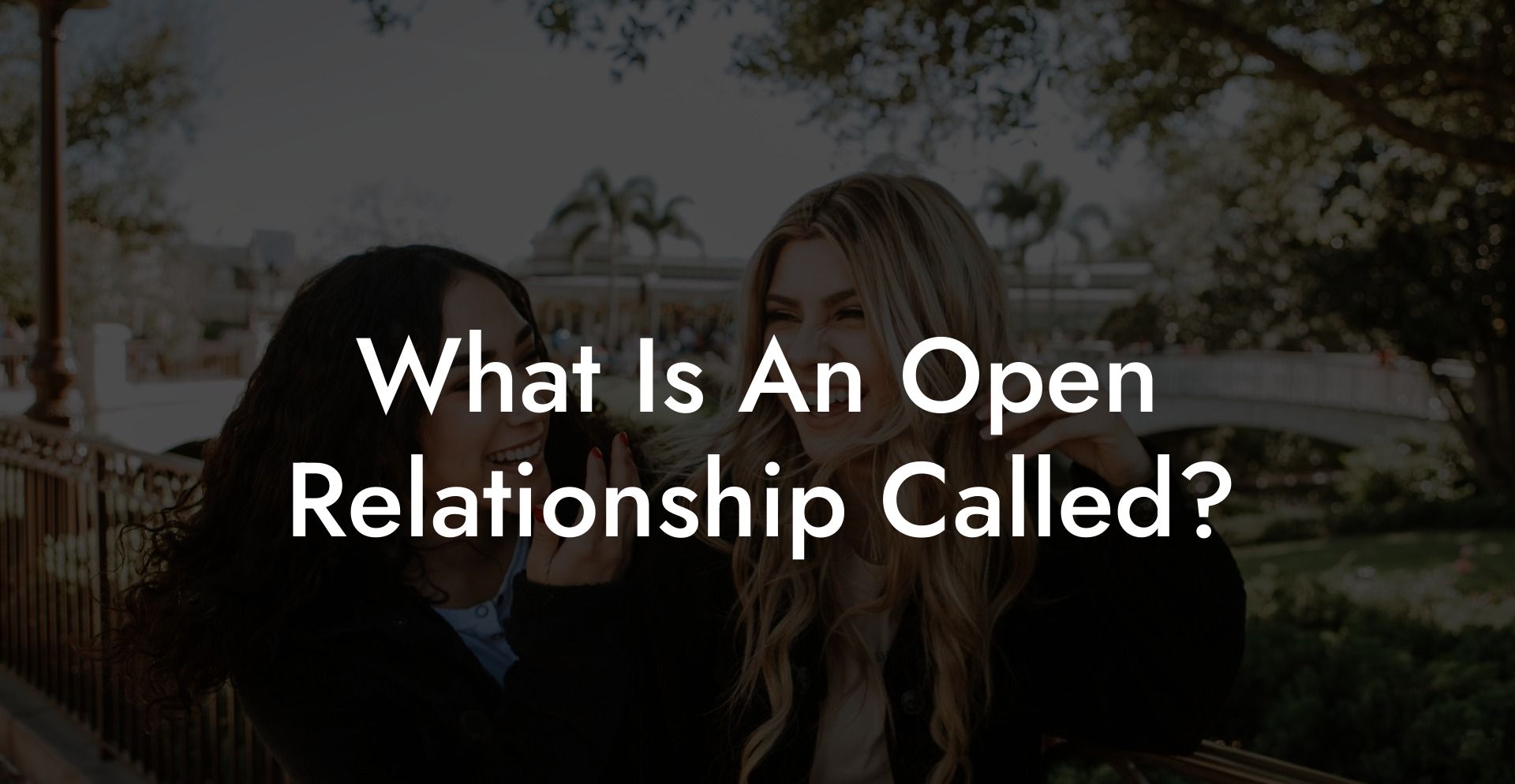Is it love, freedom or a recipe for disaster? Open relationships have opened the door for debates, tantalizing conversations, and a world of endless possibilities for relationships. Welcome to the arena of monogamy, polyamory, and everything in between. This is a place where couples and individuals explore the depths of their desires and redefine their perspective on commitment. In this article, we will unravel the complexities of open relationships, explore different kinds and help you navigate through the enticing world of unconventional love. So what's the key to the heart of this unorthodox paradise? Let's find out!
Before diving into the world of open relationships, let's first define what exactly it means. Simply put, an open relationship is a bond between two individuals where both parties agree that they can have sexual and/or emotional relationships with other people. Instead of restricting themselves to one partner, individuals in open relationships consent to explore their connections freely.
Now that we have a foundation for the term, let's explore different types of open relationships:
Swinging
Swinging is a sexual practice in which couples engage with other couples or singles for sexual encounters. It is considered a recreational activity that couples might engage in to explore fantasies and fetishes, but with an agreement that emotional attachment is not part of the equation. Swinging can take various forms, such as soft swaps and full swaps.
Non-Monogamy
The term non-monogamy refers to any form of relationship structure that does not involve exclusivity between two parties. There are various types of non-monogamous relationships, including polyamory, where people embrace multiple romantic relationships with consent from all partners involved. Additionally, another form of non-monogamy is an open relationship or a monogamish relationship, where individuals agree to engage in sexual encounters outside of their partnership with certain boundaries.
Polyamory
As mentioned earlier, polyamory is a form of non-monogamy that involves multiple romantic relationships with consent from all parties involved. Polyamorous relationships can range from having multiple committed partners to practicing polyamory within a specific community where relationships are more fluid.
Example
Let's take an example of a married couple, Jack and Jill. After being committed to each other for 15 years, they decide to discuss and explore the idea of an open relationship. Initially, they both agree to allow each other the freedom to engage in sexual relationships outside of their marriage, without emotional attachments.
This includes setting ground rules, such as open communication and consent from both parties. The couple discusses what works best for them and decides on a "don't ask, don't tell" policy. As time goes on, Jack develops deeper emotional connections with his newfound partners, while Jill still views her encounters as purely sexual. Communication and negotiation become an essential aspect of their relationship as they explore and redefine the boundaries of their commitment to one another.
Open relationships are different for each individual and couple who dares to embark on this journey of self-discovery and love. Understanding the various forms such as swinging, non-monogamy, and polyamory is crucial in finding what works for you and your partner. These uncharted territories can lead to growth and transformation both personally and within your relationship if effectively explored and navigated.
So dare to explore, redefine love, and unlock the unforgettable experiences that await you. If you found this guide insightful, do share it with your loved ones, and don't forget to delve into The Monogamy Experiment's other guides to explore the fascinating world of unconventional relationships!













